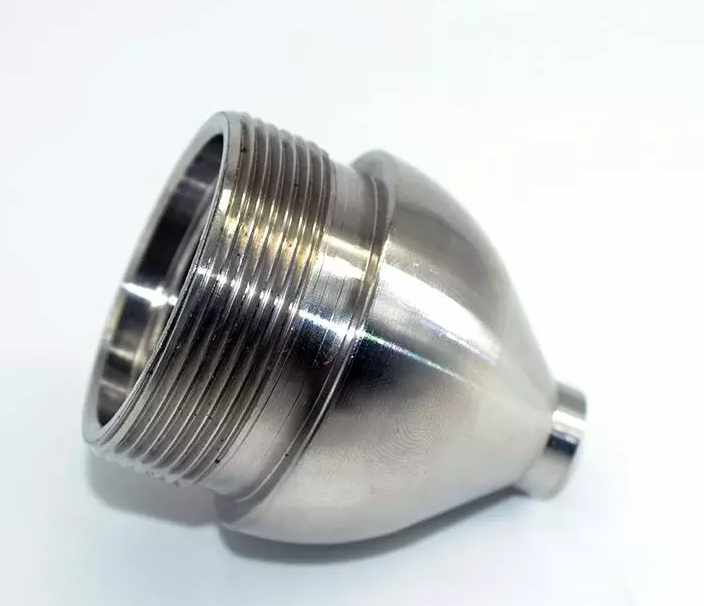Introduction
Automotive fasteners play a crucial role in the assembly and structural integrity of vehicles. These components are essential for holding various parts together, ensuring safety, reliability, and overall performance. In this article, we will delve into the materials used for automotive fasteners and explore the different types commonly found in the automotive industry.
Materials Used in Automotive Fasteners
-
Steel: Steel is one of the most widely used materials for automotive fasteners due to its strength, durability, and cost-effectiveness. Different types of steel, such as carbon steel and alloy steel, are used to create fasteners that can withstand the high stresses and vibrations experienced by vehicles.
-
Stainless Steel: Stainless steel fasteners offer excellent corrosion resistance, making them suitable for applications in which exposure to moisture, chemicals, and road salt is common. They are often used in exterior components and under-the-hood parts.
-
Aluminum: Aluminum fasteners are lightweight and have good corrosion resistance. They are often used in non-structural components to reduce overall vehicle weight and improve fuel efficiency.
-
Brass: Brass fasteners are known for their corrosion resistance, electrical conductivity, and attractive appearance. They are commonly used in applications that require electrical grounding, such as in electronic components.
-
Bolts: Bolts are threaded fasteners that are used with nuts to hold parts together. They come in various shapes and sizes, including hex bolts, flange bolts, and carriage bolts.
-
Screws: Screws are similar to bolts but have a different threading pattern. They can be self-tapping, meaning they create their own threads as they are inserted into the material. Screws are commonly used in interior components and trim.
-
Nuts: Nuts are paired with bolts to secure parts together. They come in different types, such as hex nuts, lock nuts, and wing nuts, each designed for specific applications and levels of security.
-
Washers: Washers are used under the heads of bolts or nuts to distribute the load and prevent damage to the surface being fastened. They can also be used to provide insulation or reduce vibration.
-
Rivets: Rivets are permanent fasteners that are inserted through aligned holes in parts and then deformed to create a secure joint. They are commonly used in applications where welding or screws are not suitable.
-
Clips and Retainers: Clips and retainers are used to secure various components in place, such as panels, trim, and wiring. They provide a quick and secure way to hold parts without the need for threaded fasteners.
-
Pins: Pins are cylindrical fasteners that are used to hold parts in place temporarily or allow them to pivot. They are often used in hinge assemblies and suspension components.
Conclusion
Automotive fasteners are integral components that ensure the structural integrity and functionality of vehicles. The choice of materials and types of fasteners used depends on factors such as the application, the level of stress the fastener will experience, and the desired level of corrosion resistance. The continuous advancement of materials and manufacturing techniques contributes to the ongoing improvement of automotive fasteners, enhancing the overall safety and performance of vehicles on the road.
